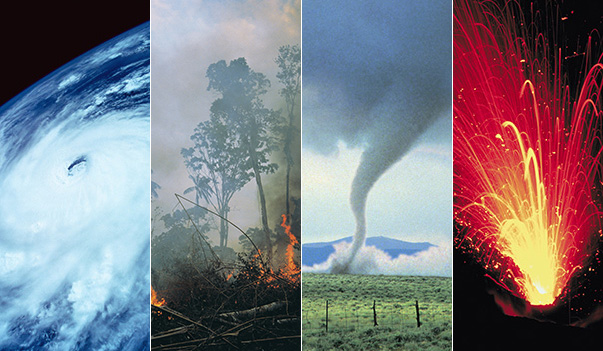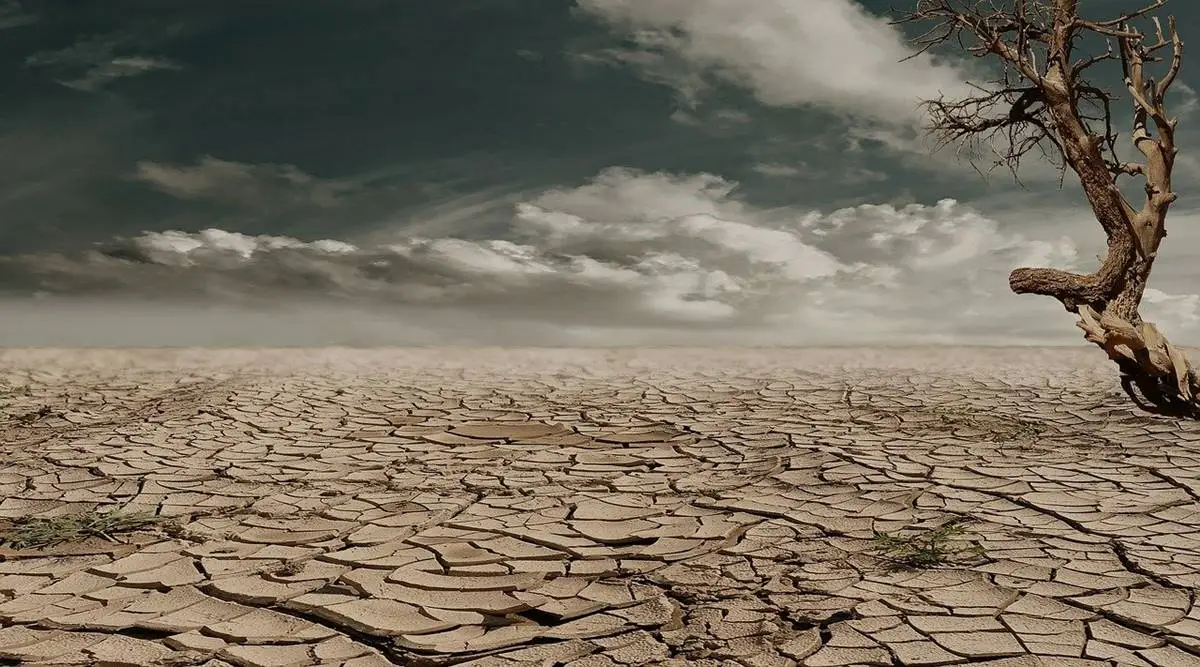Introduction
In 2015, the United Nations Member States adopted the 2030 Agenda for Sustainable Development, which provided 17 "Sustainable Development Goals (SDGs)" that need to be achieved by all countries developed and developing [1]. These goals include ending poverty and world hunger, implementing actions towards solving climate change, improving education, and increasing economic growth. Climate change is not a problem that can be solved alone, even with agreements like the Paris Climate Accords, drastic changes must be met. The Paris Accords with negotiated and signed by 190+ parties at the 2015 United Nations Climate Change Conference. It aims to keep the rise in mean temperature to below 2 degrees above pre-industrial levels and net-zero by the mid 21st century as well as increasing regulatory reporting on emission contributions. Even with this agreement, far more drastic action will need to come to achieve any of these goals. Temperatures continue to rise as shown by the figure below.

In the 21st century, it has become clear the increased prevalence of extreme weather events is one of the effects of climate change. According to a recent report from the United Nations, from 1989 to 1999, the Earth had 7,356 major natural disasters resulting in 1.63 trillion dollars of damage In contrast, the last 20 years, there were 7,348 major disasters resulting in 2.97 trillion dollars of damage. It is clear the number of major disasters has increased dramatically. When researching this topic, three types of natural disasters are considered and analyzed: wildfires, droughts, and floods. The focus is twofold, understand the historical trends and attempt to predict future trends.

To narrow the focus of this project, only three types of extreme weather events were chosen. First, wildfires seem to be on the rise, especially considering the last couple of years in the west, where massive wildfires burn across hundreds of thousands of acres of land, causing untold amounts of destruction. Long periods of drought imply far less precipitation than average, which should increase wildfire risk. Finally, after these long periods of drought are over, an abnormal amount of rain will fall, increasing the risk of severe floods. These three topics are inevitably linked, so analyzing the correlations between them is an integral part of this project.
To explore the trends and effects of climate change across the United States, the following questions will be answered in this research. Each question will be addressed and answered with the backing of data throughout the project and in the conclusion.
Important Questions
- What are the trends in weather (temperature/precipitation) over the last 100 years?
- Are we able to use climate data to predict drought conditions in the United States?
- Are we able to use climate data to predict wildfire potential in the United States?
- Are we able to use climate data to predict flooding potential in the United States?
- Are certain states affected by climate change more than others? Is it location based?
- Specifically in the DC/MD/VA regions, are we seeing drastic changes in the climate? Where?
- In the DC area, are we able to predict the forecast given historical data?
- Has the probability of extreme weather events increased?
- Are we able to quantify the cost of climate change? (at least in the United States)
- Is the increase of extreme weather events compounding?
